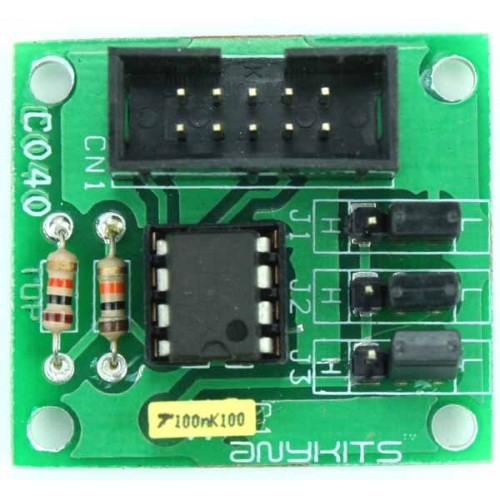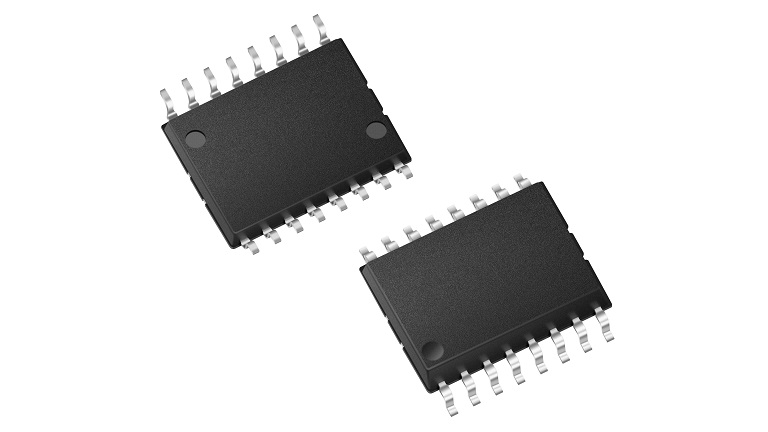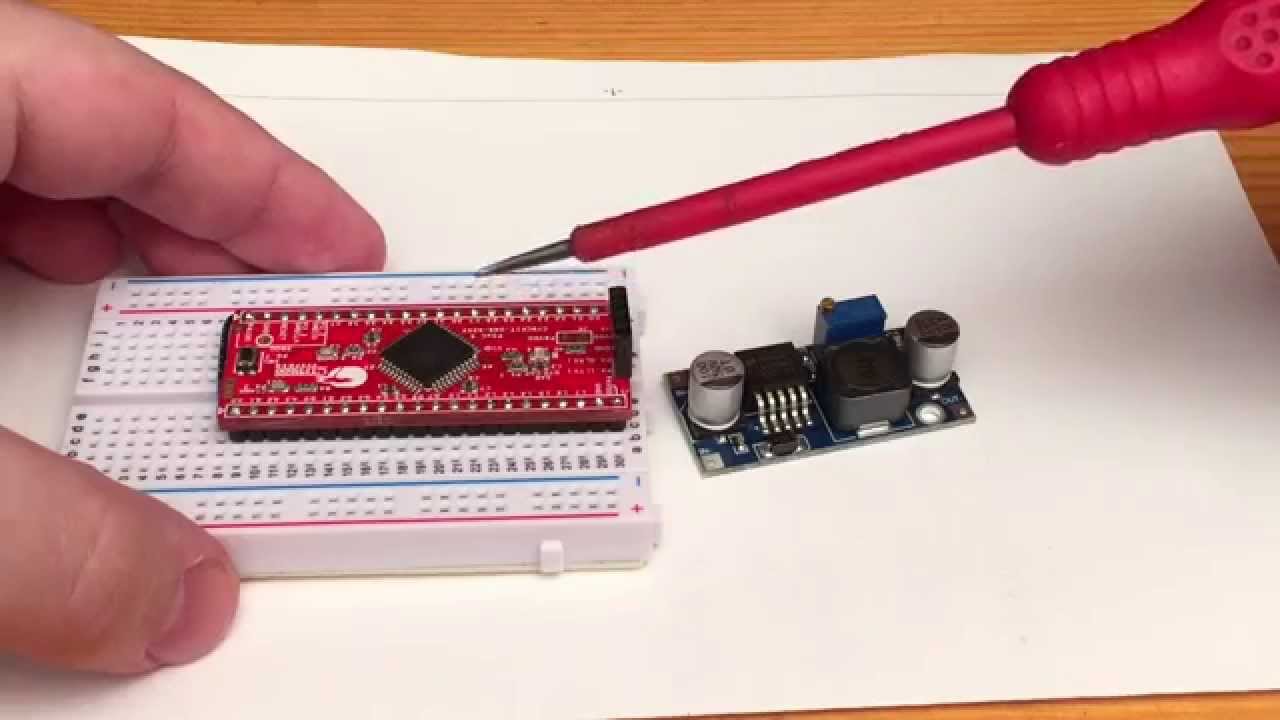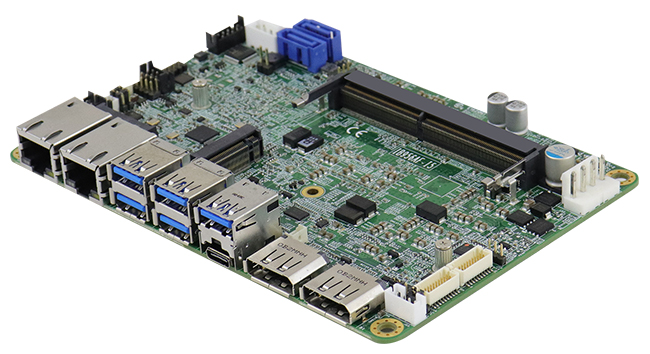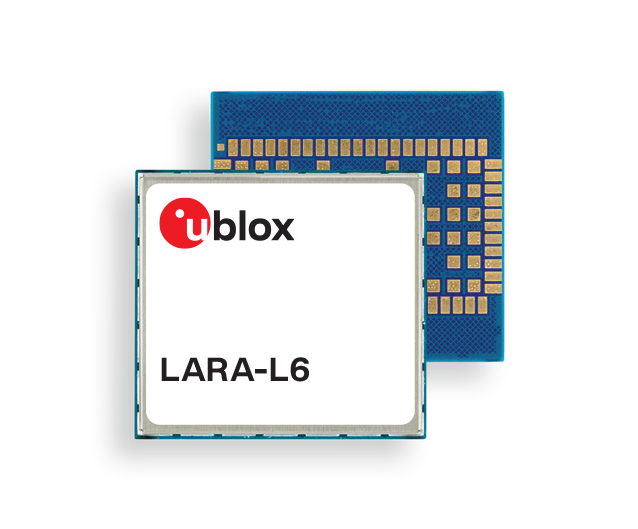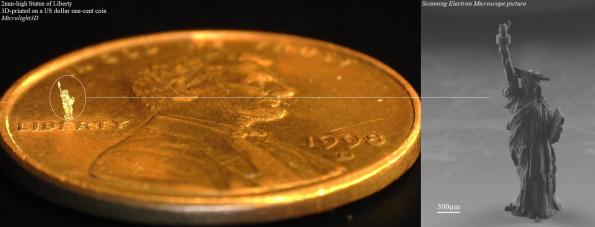
Microlithography is a very widely used technique for the production of micro-scale devices such as very tiny 3D printing in micrometer scale, semiconductor devices, and many other micro-scale products. French microlithography specialist Microlight3D has 3D printed the world’s smallest version of the Statue of Liberty for the inauguration of US President, Joe Biden.
The 3D printed statue is 1.8mm tall and 0.6mm wide. It is printed with the company’s latest Long-range Z process and the statue was directly printed on a 1 cent coin which shows that the printing technology is compatible with a variety of printing substrates, notably metallic and opaque substrates. Using this process, higher resolution can be achieved than the traditional red laser systems. The Long-range Z process allows structures for optical micro-parts, meta-materials, and medical devices up to 10mm high using photolithography, up from 0.3mm previously, on a variety of substrates from glass and silicon to metal [1].
“Users will also be able to make alignments on a pre-existing pattern and print exactly where they want. We had great fun positioning the replica of the statue on the word ‘Liberty’ on a United States one-cent coin,” said Philippe Paliard, co-founder of Microlight3D.
He further added:
“Researchers and industrial developers are looking to work on metallic or silicon wafers. Our enhanced 3Dmicroprinting system, compatible with a wide range of materials and substrates, will allow them to micro-fabricate the structures they couldn’t before, to align the laser and print on the tip of optical fibers for micro-optics applications.”
The Long-range Z process uses two-photon polymerization which allows the creators to print a solid 3D-printed structure from a photoactivable material.
About Two-Photon Polymerization
The two-photon polymerization (2PP) is based on ultra-short laser systems. In these systems, a highly precise beam wave is focused for a very short period. Due to this technology, better structural resolution and quality can be achieved. High resolution is provided by the material and the wavelength of the laser. For 3D printing, the 2PP technique is used along with a green pulsed laser operating at 532nm combined with ultra-precise moving stages. This creates 3D objects in a photoresist with sub-micron resolution. A simple solvent bath removes the unpolymerized resin.
The Microlight3D discusses the ultra-short laser technique,
“The laser can even go through polymerized parts, so the voxel (something similar to a pixel which defines a point in 3D space) is moved freely in three dimensions inside the monomer, therefore any shape can be 3D-printed with our technology !”
With this unique technology, Microlight3D demonstrated that the laser pulse can be controlled in the sub-nanosecond regime.
About Microlight3D
Microlight3D offers ultra-high resolution 2D and 3D printers for industrial and scientific applications. It was founded in 2016, following 15 years of research and development of its 3D microprinting technology at Grenoble Alpes University (UGA). Recently, using their 2PP technology, the Micrlight3D created a 3D printed version of the Millenium Falcon from Star Wars that is only 100 microns in length.
The firm says about their technology:
“The two-photon polymerization (2PP) technology used in Microlight3D micro-manufacturing machines is the result of 15 years of fundamental research at the University of Grenoble Alpes (UGA), the first scientific publications dating from 2002.”
References:





